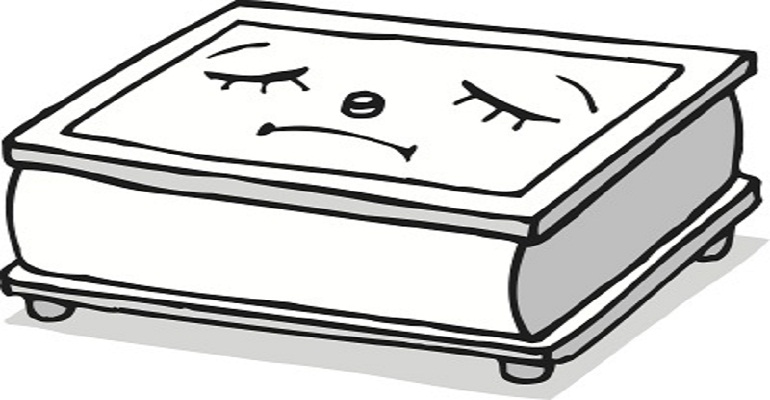Have you ever had a cloud float across a perfect moment, a shadow of anxiety that spoils your peace? You are reading a novel with a cappuccino in hand, or toweling your children's glowing bodies fresh from the bath, and that cloud appears, blurring the moment like a tear in the eye.
For me, this nameless, shapeless shadow means trouble. It's a worry I have lost control of.
I have always been a tidy worrier. To manage my worries, I write them down. Unlike scribbled "to do" lists, worries are treated with due reverence—inscribed, categorized, and prioritized in small notebooks.
Years ago, my worry book acquired a "Parenthood" page. Would I ever be one? Should we pursue in vitro fertilization? What about adoption? When the second question was crossed off after a failed IVF attempt, the third rocketed to the top of the list. I found the answer to that question when I became the mother of Gemma Leigh in Wuhan, China.
Motherhood has brought a deep, abiding contentment to buttress the daily frenzy. But my worry book remains in use. The book bore the burden when I became pregnant with my son, knowing my body had failed me before. It testified to the hurt and sorrow leading to my divorce. Schooling, money, living space, and health each have a permanent place in the book.
I know that recording worries doesn't help when credit card bills show up. But my worry book frees me to embrace life's joys. It silences the cacophony in my head, and walls off anxieties to a place I can visit when I wish.
So I wonder why, when Gemma grew into her own textured consciousness, woven of pleasure and pain, joy and fear, I didn't know how to help her. She was six, and we were returning to New York after my two-year teaching engagement in Italy. The move meant a separation from her father, who was staying in Italy, and confirmed for her the fact of her parents' divorce. Shortly after, our lives were rocked by 9/11. It's hardly surprising that Gemma's inquiry into selfhood took off with intensity. She questioned everything about her existence—being in the U.S., going to a new school, even her place in what she had until now claimed as her family. Her dawning awareness of what adoption entails, her shadow family, and the loss of the people who made her, all provoked a grief that was deep and raw.
Finally, a friend suggested a "Worry Box." Give Gemma a small box, she said, and a pad and pencil that fit into it. Tell her this is the place to store her worries. She can get them out to look at, or change, at any time. Most importantly, she shouldn't feel she has to carry her worries around. She can ask her closest adult to do it.
This simple intervention worked a miracle for my beleaguered child. She picked out a bright red jewelry box and drew a sad face on the lid. Then she set to the task, in her own creative spelling, of giving her worries an identity and a dwelling place. She named them, forced them into the daylight, and put them where they could no longer haunt her. Within a week, she said with amazement, "My Worry Box really works, Mummy."
Two years later, Gemma still sometimes takes the box from its shelf. She sifts through the papers, corrects the spelling, adds a new worry, and throws some away.
She offered to share some of the worries. "What if Snowball [our hamster] dies early? "What if my friends make fun of me because I'm Chinese?" And the most urgent: "What if my Worry Box stops working?"
So now mother and daughter practice the art of "tidy worrying." We respect our worries, but we try not to let them ruin the good things in life. I wish Gemma's worries could be blown away on a summer breeze. But we both know that life is like the shadows cast by sunshine through leaves, a dappled patchwork of happiness and heartache. For that's what it means to be human.
JOIN You are viewing this exclusive AF content as a guest. To access our full Adoption Parenting Library — plus digital issues, eBooks, expert audio and more — join Adoptive Families today.  |



